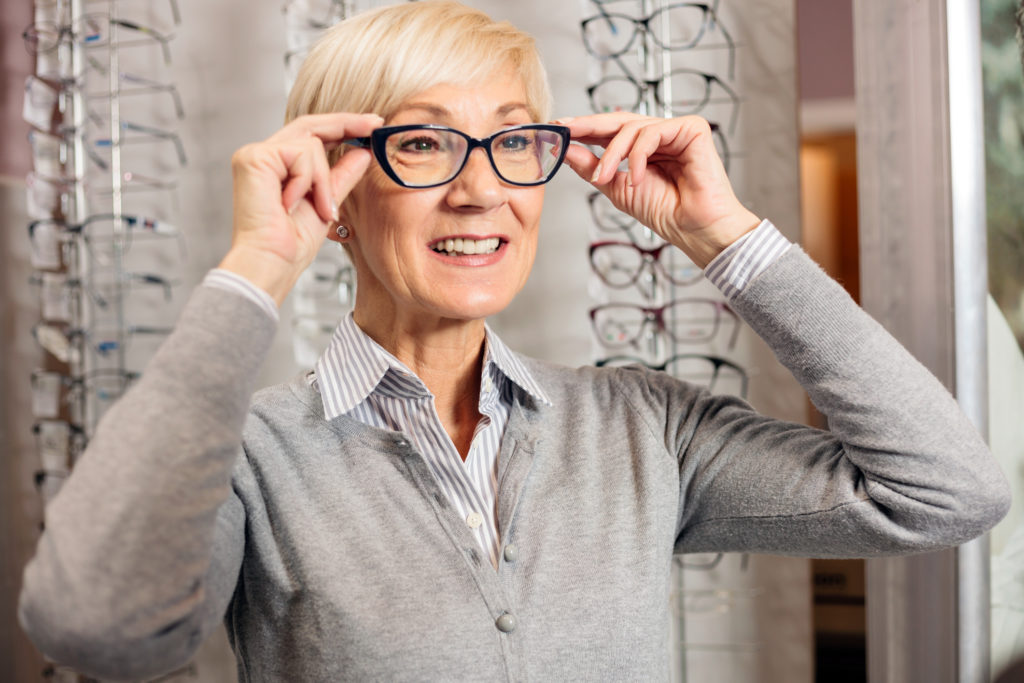By Preston Fassel

Oct. 2, 2019
Frame inventory selection isn’t second nature to most ODs who own practices. Doctoring, and helping patients to see and feel better, is rightfully the focus for most optometrists. As essential as that mission is, practice owners also need to effectively choose inventory for their optical dispensary, which typically accounts for 60 percent of revenues in most practices.
Here are a few common inventory-selection mistakes, and how you can do better.
Mistake 1
Disproportionately Stocking Frames by Gender
Many dispensaries I’ve visited disproportionately stock women’s frames over men’s frames. I’ve even heard this offered as advice by some marketing experts as a strategy for retail in general, based on the “fact” that “men don’t shop” and “men don’t care what they look like.”
Why is it a mistake?
The idea that men don’t shop is ridiculous, and based on outdated data, stereotypes and “common sense” rooted in gender bias. This assumes that every purchasing decision is made exclusively by adult women, which, when it’s phrased that way, sounds ridiculous.
While men may not be as likely to buy items such as makeup or jewelry, they absolutely do buy clothes, and do care what they look like. This is especially true for Gen-Xers, Millennials and Generation Z. There’s been a major boom in recent years in interest in men’s grooming and personal care among this demographic, and with it, a heightened level of interest in menswear and accessories.
How do I correct this mistake?
Equally distribute space on your frame board. Make sure you have a roughly even distribution between male and female frames. If your patient demographic is largely one group over the other, perhaps have something along the lines of a 60/40 split, but, definitely don’t make the mistake that some dispensaries do and have only one or two frame boards worth of men’s glasses and six or seven worth of women’s.
Especially for practices that cater to a younger patients, who are more image-conscious, it is imperative to offer all of your patients a wide variety of frames from which to choose.
Mistake 2
Not Being Conscious of African-American & Asian-American Patient Needs
Not being conscious of large African-American or Asian-American populations, and not offering appropriate frames to those patients, is a common mistake.
Other Articles to Explore
I’ve visited dispensaries in large metropolitan areas with heavily concentrated Asian and African-American populations, which did not stock universal-fit frames to service those groups of people. Rather, these dispensaries narrow-focus in on “standard” zyls and broadly trendy frames without taking into consideration the special needs of the population demographics they are ostensibly serving.
Why is this a mistake?
While, in the past, patients with flatter nose bridges had to make due with the frames available to them, we live in an age in which more manufacturers are offering a wider variety of fashionable frames specially designed to meet their needs.
So-called “universal-fit,” or “Asian-fit,” frames have thicker internal nose bridges to allow patients with flatter, or non-existent, nose bridges to wear fashionable frames without sacrificing comfort, safety or efficiency.
How do I correct this mistake?
Consult with your reps about which frame lines offer universal-fit frames, the variety they come in and other product details. If you have a significant number of Asian and/or African-American patients, consider carrying a line entirely composed of universal-fit frames, and keep your frame selection diverse enough so that African-American and Asian patients can wear frames from fashionable lines, such as Coach and others.
In an era when awareness of cultural diversity is more relevant than ever, it’s important to stay on top of your patient demographics and ensure that you’re stocking frames for everyone.
Mistake 3
Not Carrying Enough Petite & XXL Frames
You can see this mistake manifested in almost every optical, although it’s not always necessarily the fault of the office. Once upon a time, frame manufacturers offered a higher degree of customizability with frames, including eye and bridge size.
Why is this a mistake?
As we’ve moved into an era when mass manufacture is the name of the game, most frame suppliers have opted for the route of the least-common denominator, only offering frames in one or two sizes, and even then, in sizes that are “average” rather than representing the wide variety of head sizes and shapes that exist in the world.
So, it’s the duty of every optical to hunt, peck and find frames to accommodate larger and smaller patient head sizes.
There are more people whose head sizes and shape falls outside of the “median” than one might expect, and they need glasses just as much as people with average-sized heads. Stocking only “average” eye sizes (in the low-50s range for men and in the mid-40s or thereabouts for women) leaves patients who fall outside this scope in want of comfortable, attractive frames.
How do I correct this mistake?
It’s not easy, but research needs to be done into frame lines that cater to large-headed men, petite-headed women and others with head sizes that vary from average size. Some lines, such as XXL, cater specifically to one of these demographics, while you also might have to dig into other frame lines and order individual frames that suit larger- or smaller-headed individuals.
Discuss with your reps your desire to diversify the frame sizes in your office, and see what the best options are for giving your patients a choice.
Many XXL and petite frames are bland and boring—they’re largely wire frames, geometric shapes and double bars for men and wire-looking “granny glasses” for women.
Try to find the fashionable options available for those patients in want of something more fun or trendy, and also encourage your reps to ask frame manufacturers to be more aware of these patients and their desire for a wider variety of comfortable, good-looking frames.
 Preston Fassel is an award-winning author, optical writer and former optician. He worked for three-and-a-half years as an optician and optometric assistant and for one year in a finishing lab before transitioning into independent consultancy. He currently works full time as a writer, contributing articles to 20/20 Magazine and Fangoria Magazine; his first novel, “Our Lady of the Inferno,” won the 2019 Independent Book Publishers’ Award for Horror. To contact him: prestonfassel@yahoo.com
Preston Fassel is an award-winning author, optical writer and former optician. He worked for three-and-a-half years as an optician and optometric assistant and for one year in a finishing lab before transitioning into independent consultancy. He currently works full time as a writer, contributing articles to 20/20 Magazine and Fangoria Magazine; his first novel, “Our Lady of the Inferno,” won the 2019 Independent Book Publishers’ Award for Horror. To contact him: prestonfassel@yahoo.com

























